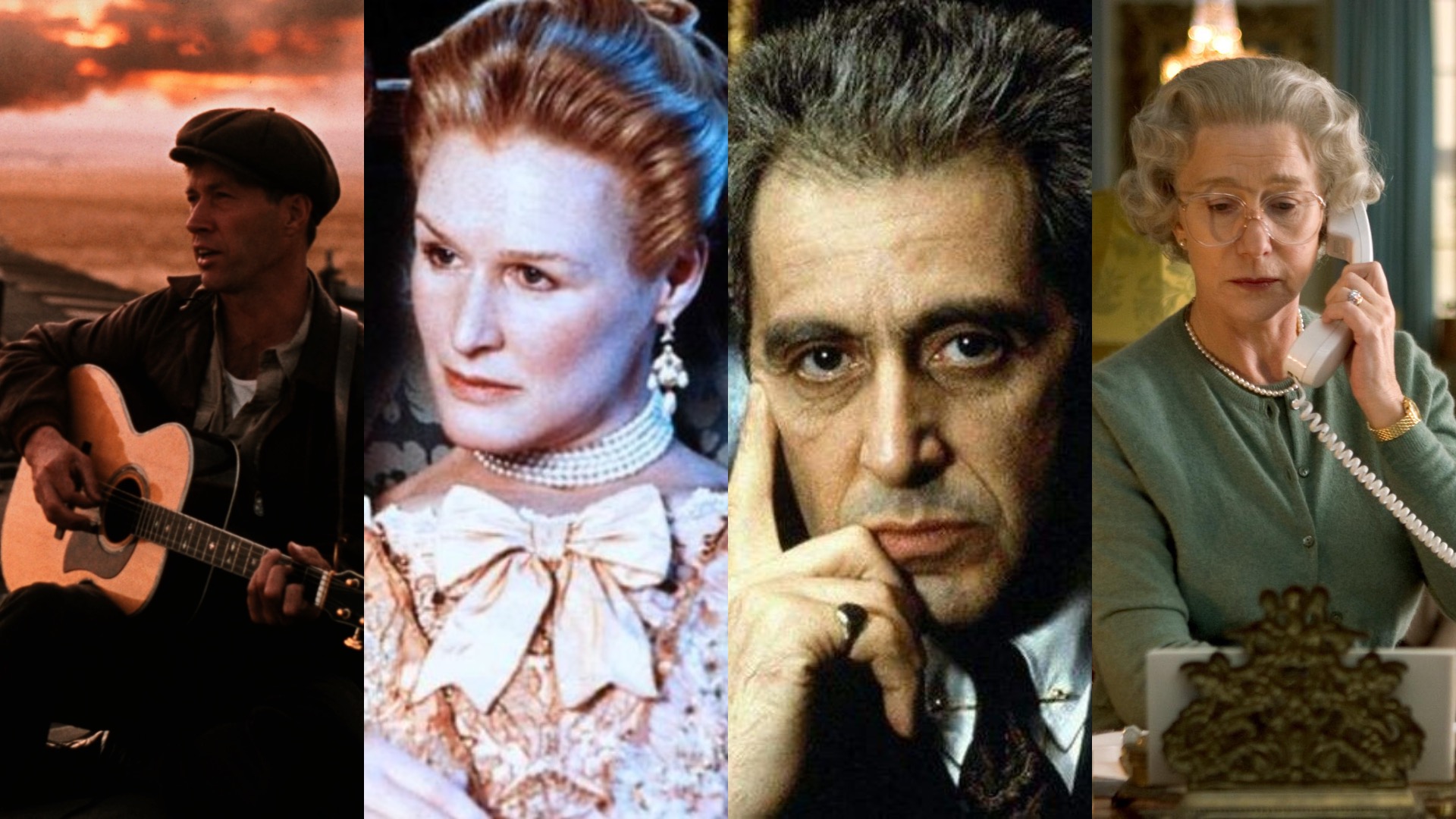'Freddy's Home': A Nightmare on Elm Street 3: Dream Warriors at 30
In 1987, February 27th was a Friday. On that day, Nightmare on Elm Street 3: Dream Warriors was released. It marked the last entry in the series for Wes Craven until 1994’s New Nightmare. Dream Warriors garnered the best reviews in the series since the first Nightmare, and to this day retains the highest critical praise of the sequels.
The film centers on Westin Hospital’s patients, including a career debut from Patricia Arquette, and an early career appearance from Laurence Fishburne, back when he still billed as Larry. The most welcome sight for fans of the Nightmare series, though, is the return of Nancy Thompson, played by Heather Langenkamp.
Nancy, along with her father (John Saxon), who drank himself out of his police position over the events of the first film, represent the only real connection to the original, outside of some references to the fact that all the teenage patients at Westin Hospital are from the same titular street in Springwood, OH. The patients come to bond over the same horrible dreams and suicidal tendencies from which they suffer, and which only Nancy truly understands. With her help, the teenagers gain the confidence to confront their common boogeyman, while he snarks and slashes his way through their exhausted and terrified bodies.
What truly makes Dream Warriors stand out, though, is in the characterizations of the teenagers who usually make up so much cannon fodder in any other slasher. Jennifer (Penelope Sudrow) keeps to late night television to remain awake and avoid Freddy Krueger. Kincaid (Ken Sagoes) dreams himself strong enough to stand up to him, while prone to fits of violence while he’s awake. Philip (Bradley Gregg) builds models and puppets, but sleepwalks when he succumbs to his exhaustion. Will (Ira Heiden), confined to a wheelchair following a suicide attempt, retreats into tabletop role-playing where his inability to walk doesn’t restrict his freedom. Taryn (Jennifer Rubin), a former drug addict, fantasizes of being hard as nails and ideally beautiful (“beautiful…and bad,” being her hell-yes war cry). Joey is rendered non-vocal by traumas past. Everyone in the cast has unique and believable traits that both empower and make them vulnerable all at once. Birth.Movies.Death. did a hell of a write-up on Taryn as a character, if you want further reading on her (Worth a look, if you ask me).
Dream Warriors also marks the shift in Freddy’s Krueger’s characterization, from sinister stalker of sleeping teenagers to snarky stalker of sleeping teenagers. Every kill, whether successful or merely attempted, has the fedora-clad, ugly sweater wearing former janitor spouting off a one-liner or pun. This would only escalate with later sequels, to mixed results. Despite the reconsideration that Nightmare on Elm Street 2: Freddy’s Revenge has gotten in recent years due to the subtext and themes it plays with, namely homosexual subtext (which is really more…text, in execution) and puberty as a source of body horror, Dream Warriors remains a high-water mark for the series overall. It’s also more than worthy of appreciation 30 years on.






